The Berlin from after the fall of the Wall and today is in some ways unrecognizable. Captured by our photographer Jürgen Ritter, see Berlin’s transformations.
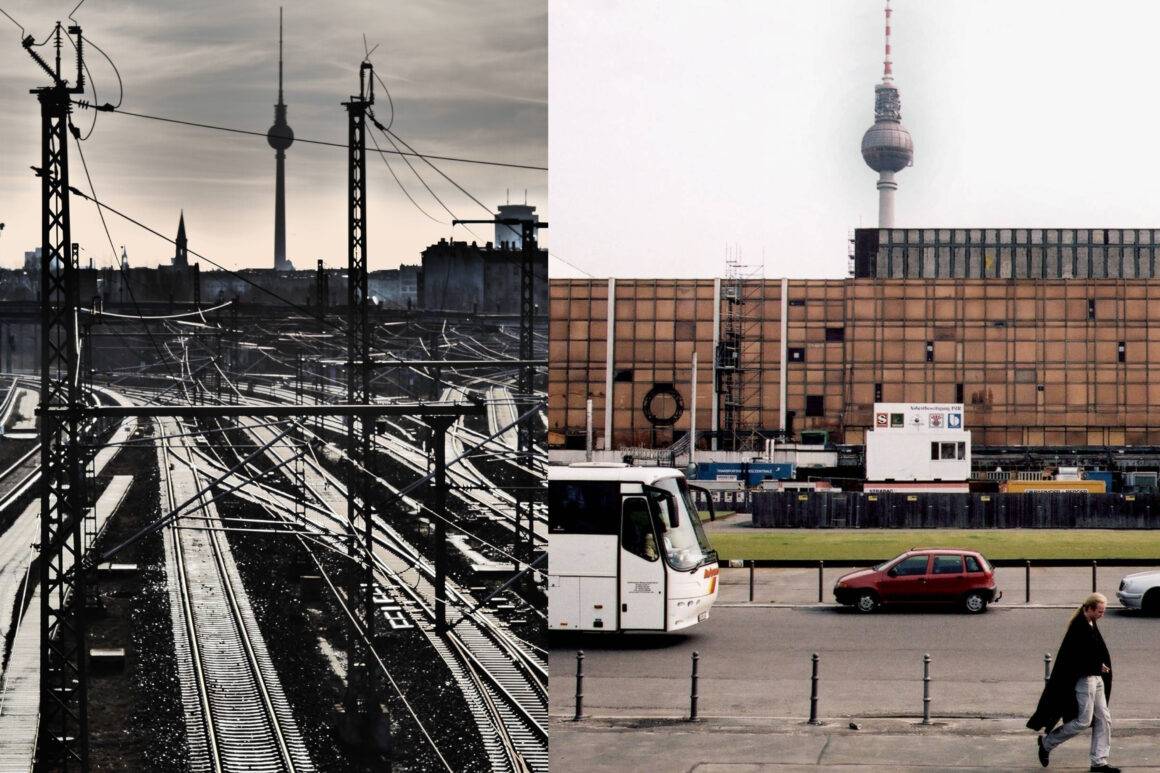
IMAGO’s Jürgen Ritter: 25 years of Berlin.
While many are fighting to cling to the city’s institutions and elements that made it unlike any other city, there is an unstoppable wave of change and globalization that has swiftly taken over Germany’s capital, reconstructing its blueprint. Berlin has become an international metropolis with its population increasing by about 40,000 inhabitants every year and its rent prices increasing along with it, with the emergence of new cultures pushing out the old. The clashes of old and new are ubiquitous and the birth of a different era has unfolded over the last 25 years in Berlin.
One of IMAGO’s longest-standing Berlin-native photographers, Jürgen Ritter, has witnessed and conceptualized this 25-year transformation. His photos from when IMAGO was still a small agency and into today, reveal the elements that have remained and those that are transforming the face of our city.
IMAGO spoke to him about his relationship to Berlin as a photographer in the wake of the digital age, the cultural changes in Berlin, and IMAGO’s role in the industry over the last 25 years.
See IMAGO’s curated collections: 25 Years of Berlin: Archive Highlights 1997-2022 and Berlin – changes and developments in the city.
“With every redistribution of circumstances, new players come to the table, poor and rich alike. Both leave their mark, balance each other out. The big does not remain big, and the small does not remain small.”


We spoke last year about your photos from the 1980’s and 90’s and the fall of the Berlin Wall. This time we are focusing on the changing landscape of Berlin. Can you start off by telling us a bit about how you think photography can play a role in documenting the evolution of a city, specifically Berlin?
Well, when I click through the daily updated stock to see what colleagues are creating: insane amounts of politics, press conferences, reality stars, red carpet events for movies that subsequently don’t play a role in the evolution of Berlin. I think the city itself is not depicted enough, nor the people who keep the city running; it’s increasingly the make-believe Berlin, but that has nothing to do with Berliners and my hometown.
See our previous interview with Jürgen Ritter.
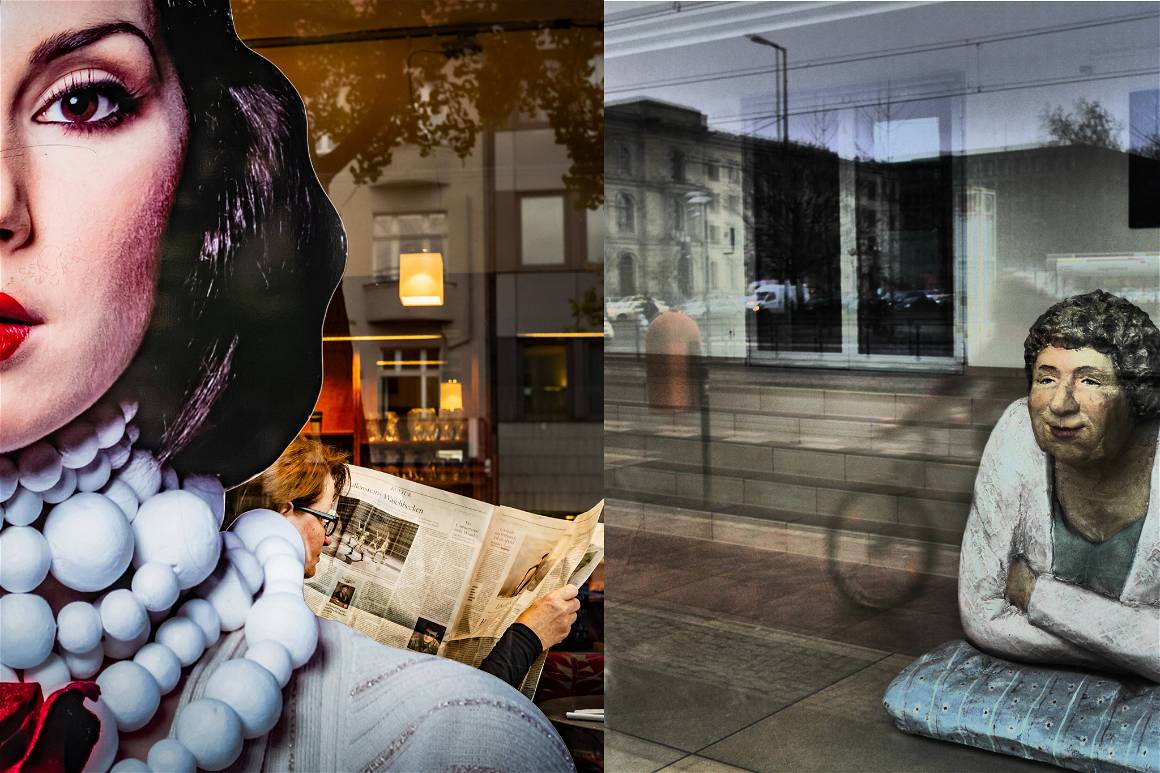
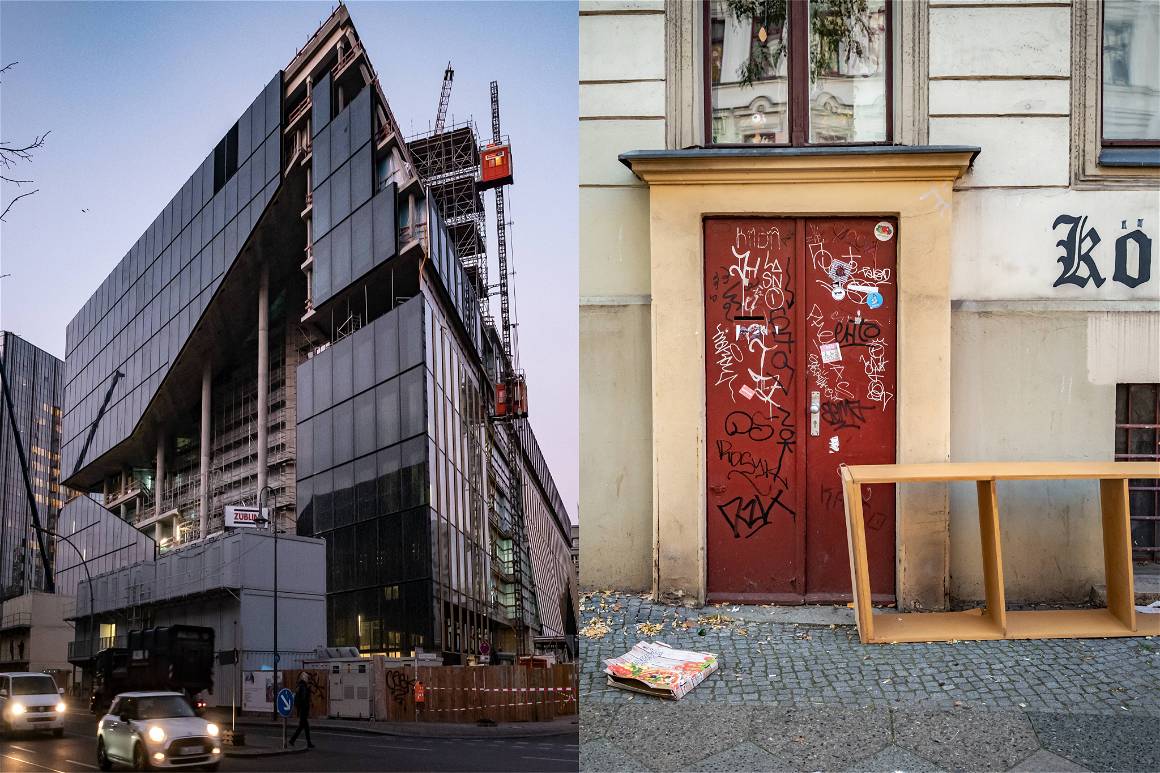
Can you elaborate a little on how you think the city has changed over the last 25 years? Culturally, but also in terms of aesthetics?
25 years of IMAGO – or a quarter of a century. Sounds completely different. Does it sound more epochal?
My Berlin was divided into two parts; out of curiosity I spent a lot of time in the East, which cost me quite a bit in entrance fees. It was officially called minimum exchange. Western currency for Eastern money. Then my Berlin was reunited, even became the capital of the Federal Republic. Of course, this could not happen without fundamental changes.
With every redistribution of circumstances, new players come to the table, poor and rich alike. Both leave their mark, balance each other out. The big does not remain big and the small does not remain small; as Brecht says in the “Song of Moldau”.
Poverty has increased, wealth too; architectural competitions set their visual scent marks. Uniformity instead of diversity, loop-hole architecture characterizes Berlin. Everyone wants to be in the center. Gentrification here, Bullerbü there, a centralist image of Berlin emerged: Mitte, Mitte, Mitte [Berlin’s city-center.]
There is a clash of location: Inside the S-Bahn ring – outside the ring. Of the approximately four million inhabitants, only a third live in the ring area, the vast majority outside. Public perception focuses almost exclusively on the center. Car sharing? In the center. Food delivery services? In the center. Bad air? In the center. Noise and arriving guests do not fit into the mix of the Kiez (Kiez, or neighborhood, an overused term). There is now too much of everything.


What relationship do you have to Berlin as a photographer and how has that relationship changed over the years?
Well first of all, logistically it is very tedious to get from A to B. I live in the north of Berlin and if I want to photograph something in Köpenick or Zehlendorf for example, I have to really plan ahead how I want to travel or which way I want to go – not because the routes have gotten longer, but because it takes forever to get through the traffic which has gotten insane now. There have been so many instances where I gave up just from being irritated. Or for example my beloved Oderbruch (region near the Oder river) in Brandenburg: nominally around 80 KM, in reality 2.5 hours each way. It has gotten tiring.
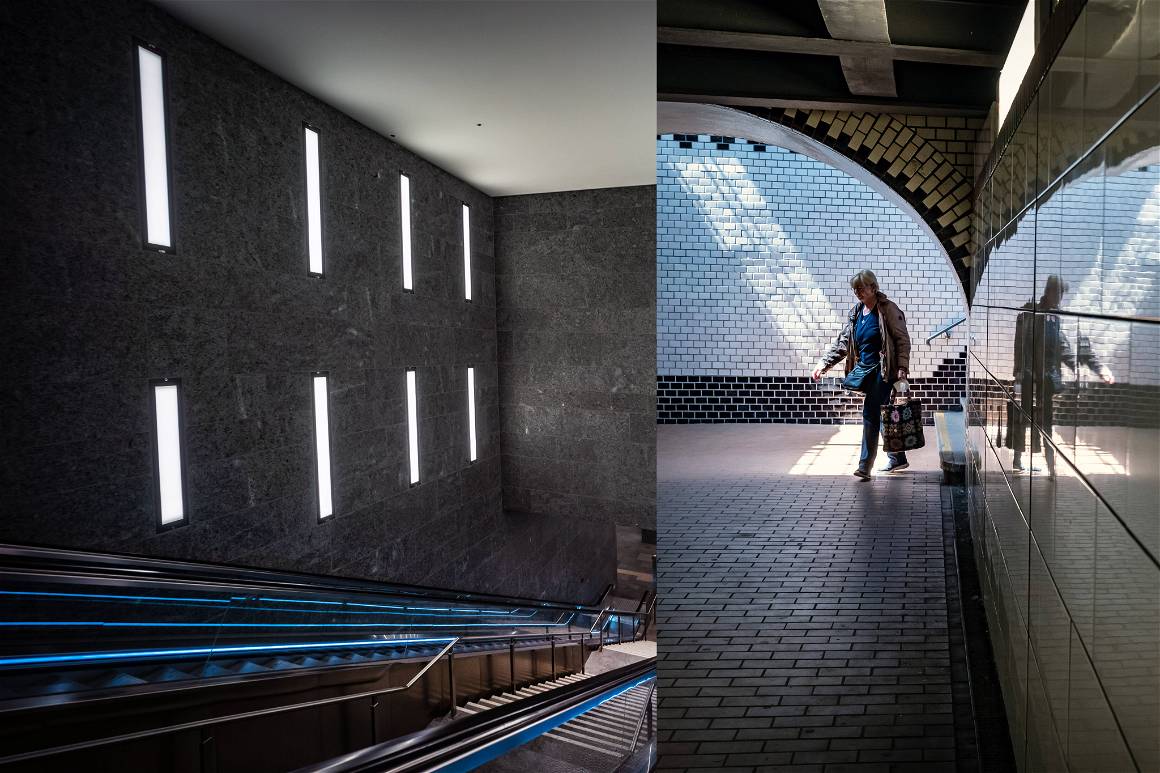
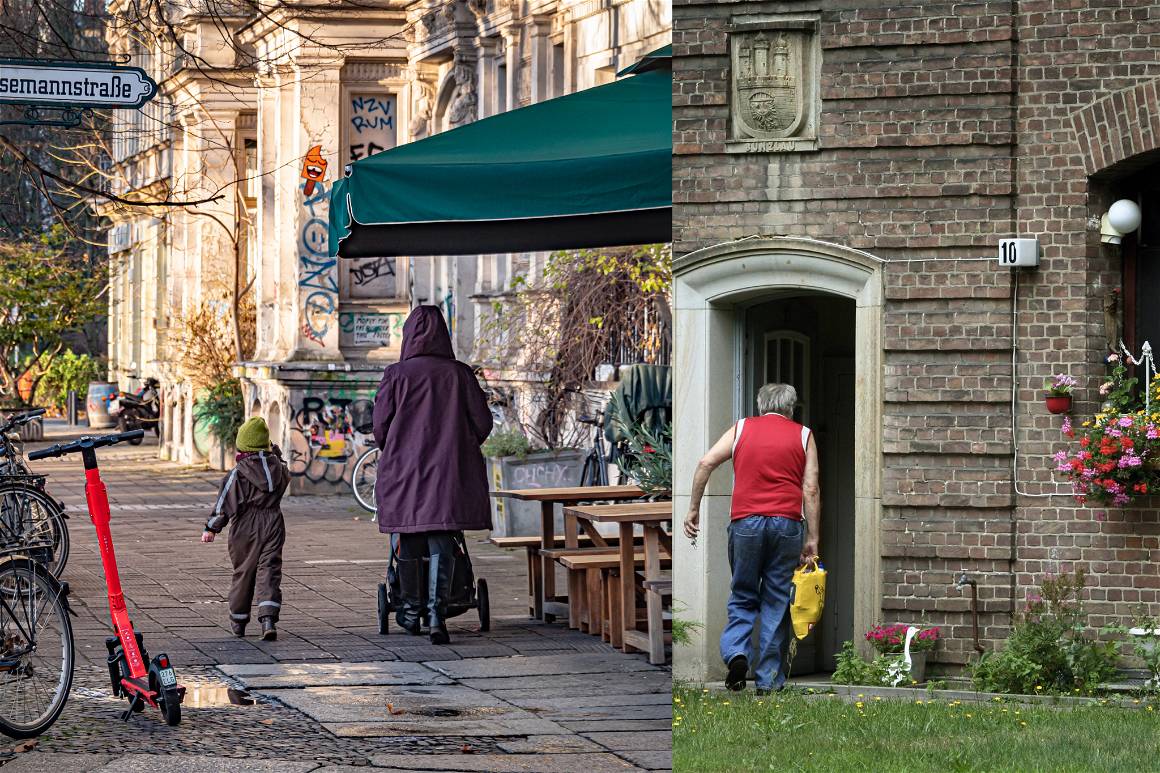
You are still very active as a photographer, capturing the different landscapes of Berlin – what sort of projects or subjects have you been focusing on recently? How was your style and approach changed over time?
I think that my style hasn’t changed much. I photograph like always, ‘old fashioned’ like my role-models — no flash and nothing flat, I don’t even own a flash. I am interested in all kinds of photography.
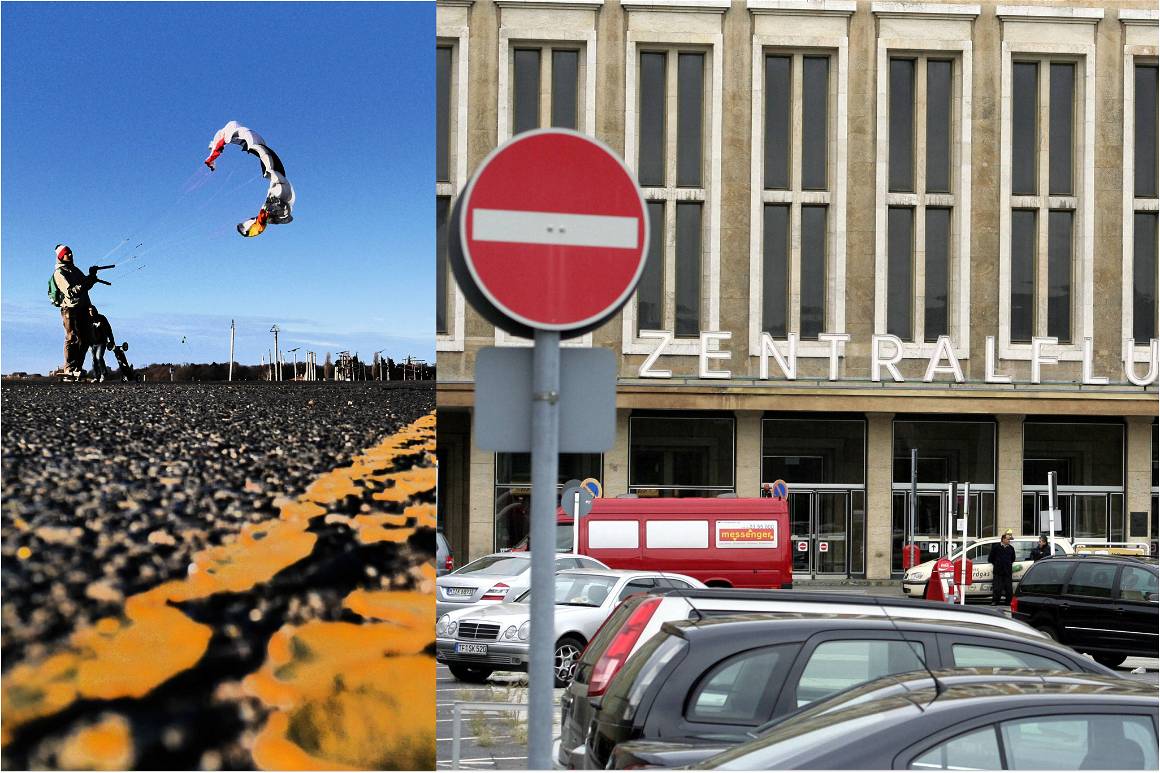
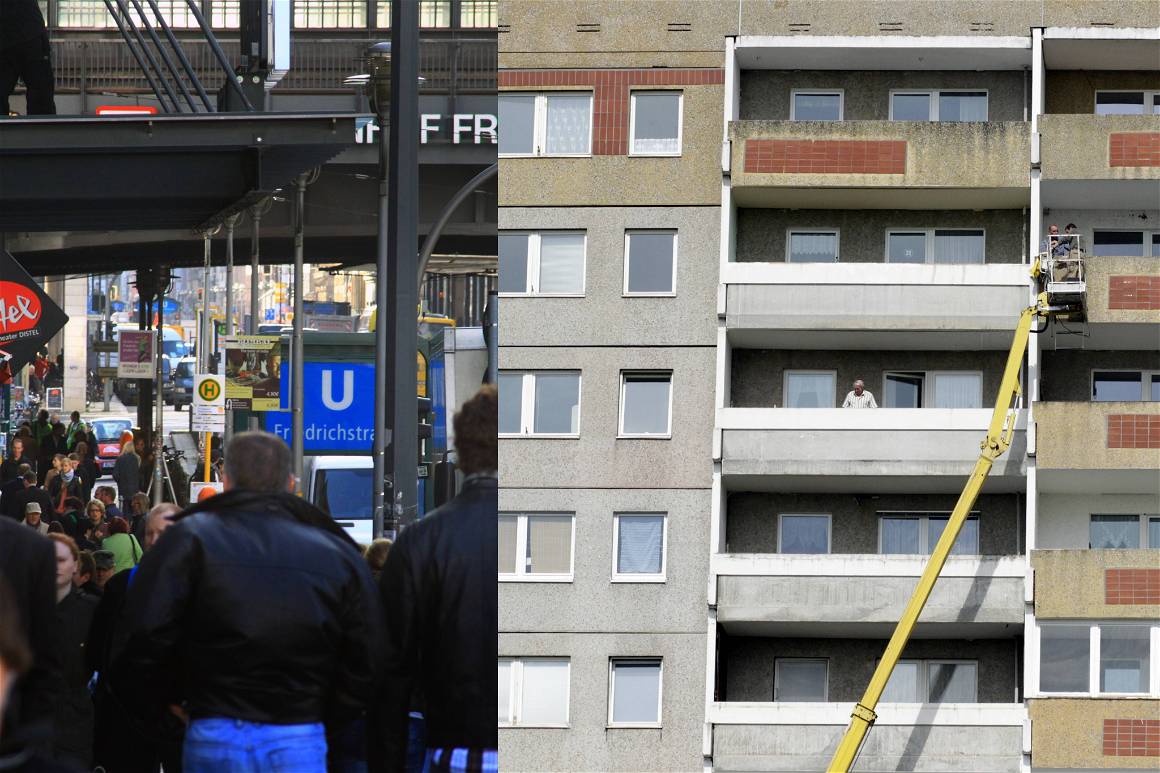
As IMAGO celebrates its 25 years and longstanding photographers – what role do you think IMAGO has played in the industry in the last 25 years?
I am very happy that I could work with IMAGO relatively early and have a lot of respect for the agency. But here, too, growth isn’t everything if quality suffers as a result. Apart from that, I am often amazed at the international distribution of IMAGO, which makes me very happy, even though the fee level used to be much higher. And so, I go on.
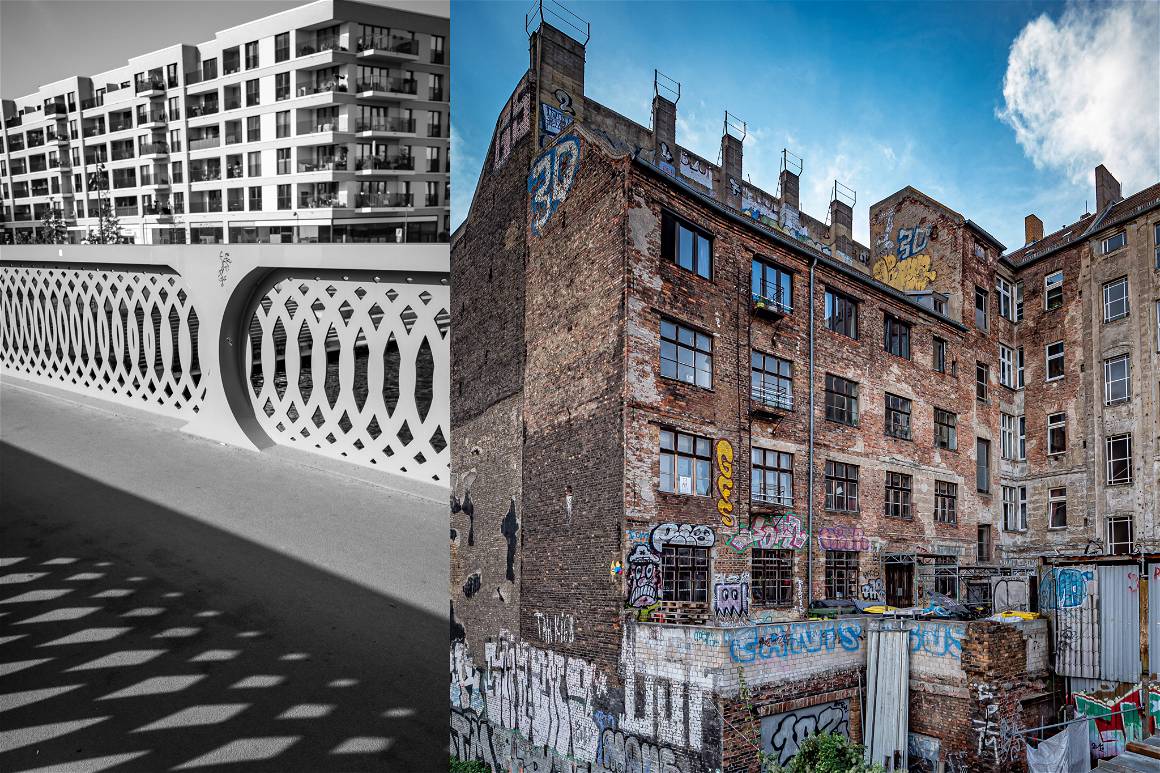
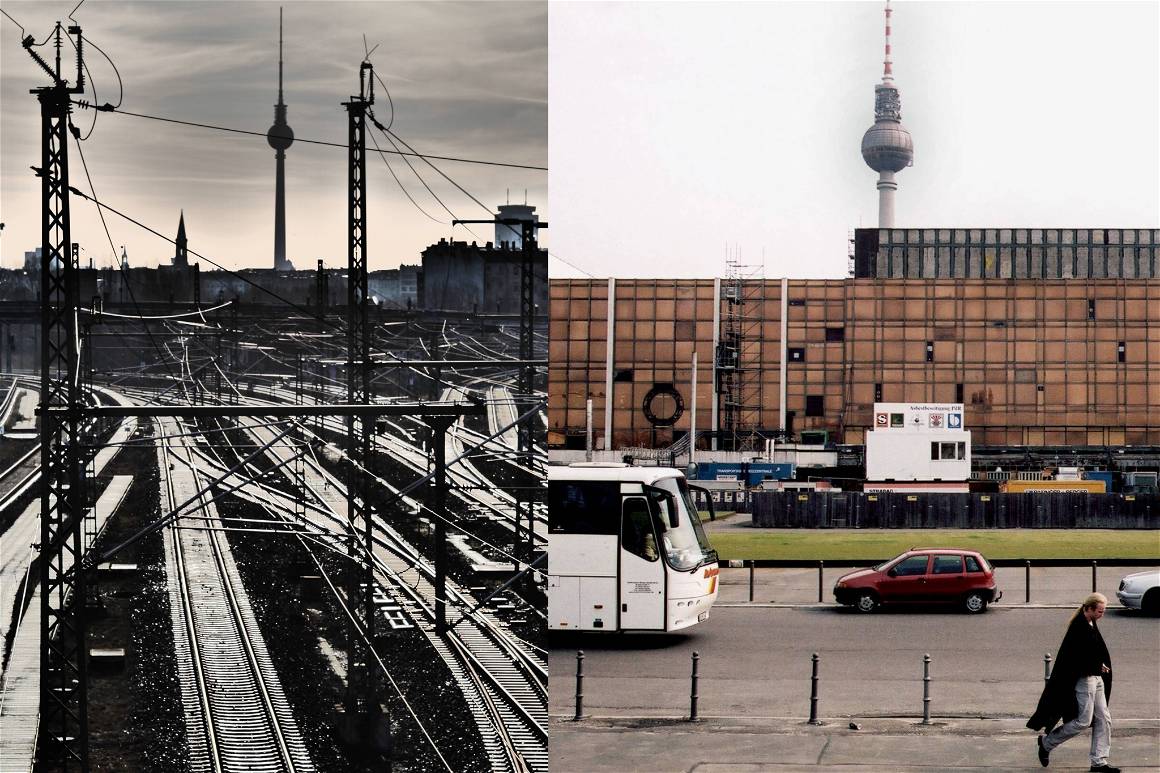
Other previous articles about Berlin include:
Fall of the Berlin Wall, an interview with Rolf Zöllner.
1990’s Berlin Culture in Photos.
Geometric Architecture, Graphic Lines & Colour Combinations. Berlin via Rolf Pollak.
A fresh start. Archives from German Unity Day.
All photos by Jürgen Ritter. Interview and image selection by Sofia Bergmann. Part of our IMAGO 25 Years series.


